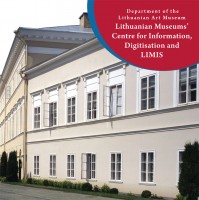About Us
On 30th June, 2009 Lithuanian Art Museum (LAM) founded a new department – the Lithuanian Museums’ Centre for Information, Digitisation and LIMIS (hereafter LM CIDLIMIS). Generally speaking, its mission is to organise and coordinate the digitisation of museums’ valuables, to present Lithuania’s national holdings on the international portals and thus to enrich European digital collections. Furthermore, it is responsible for the development of the prospective Lithuanian Integral Museum Information System (LIMIS) which is going to be administered according to homogeneous standards and encompass a number of collection databases of Lithuanian museums.
The first years after the establishment of LM CID LIMIS will be devoted primarily to the development of LIMIS and its implementation in Lithuanian museums. The system would represent the preserved Lithuanian cultural heritage values integrally and worldwide. It will provide a joint public catalogue, an automated stocktaking service as well as the possibility to make virtual exhibitions from the data aggregated in museums’ electronic catalogues.
Although digitisation processes in Lithuanian museums accelerate, at the present moment there is still no such system that would integrate all country’s museums and permit to automatically stock take and digitise museums’ exhibits. The need to digitise exhibits and to provide society with information about them, however, is huge. Regarding that, in 2010 LM CID LIMIS presented virtual exhibition information system http://www.muziejai.lt/emuziejai/index_en.htm that offers every museum a possibility to already start learning how to digitise exhibits so as to supply internet users with the information about them. The exhibition defines an integral data model for the museum objects as well as the principles of the use of ontologies; it also describes the ways of presenting end-users with cultural content and sharing it with external portals. More and more Lithuanian museums now join the integral virtual exhibition system which functions as an instructional model to better prepare for LIMIS.
Pursuing its primary goals, the centre collaborates with various Lithuanian museums as well as other local and foreign memory institutions. Apart from the Board, there are three regional coordinators: M. K. Čiurlionis National Art Museum (Kaunas), Lithuanian Sea Museum (Klaipėda) and Šiauliai Aušros Museum (Šiauliai). Their mission is to carry out and maintain the digitisation of museum valuables as well as to create, preserve and spread digital content in regional museums.
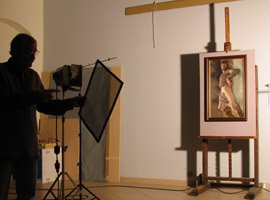 |
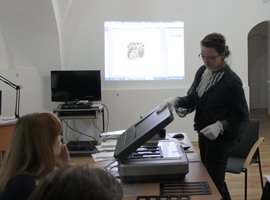 |
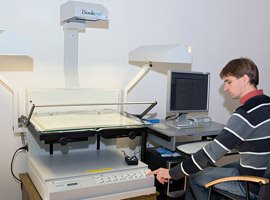 |
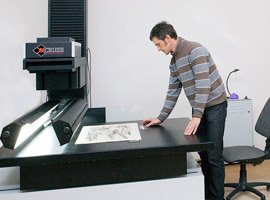 |
Related Information:
____________________
Giedrė Asin Marco. „Lithuanian Museums are working for digitisation and for sharing their collections to Europe. Digitisation centre for Lithuanian Museums” (www.digitalmeetsculture.net)







